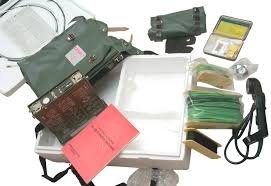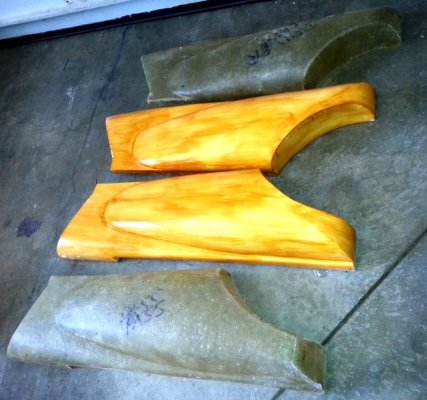Beldar
Full time employment: Posting here.
- Joined
- Oct 12, 2014
- Messages
- 571
One project of late is restoring a Czech RF-10 manpack radio (Cold War vintage). It is packaged in a styrofoam container (box & lid) which slip into a vinyl carrying case. 1980 vintage.
The styrofoam edges are beginning to crumble slightly. This is not the high density foam used by crafters, rather it is the loose ball like construction. I've searched crafters forums & found potential solutions such as Gesso or FoamSeal spray, but don't want to destroy the foam with the wrong coating. I really only want to seal the edges.
The container is only used for storage but according to the maintenance documents it's been in service until 2006 so it has seen some use.
Any ideas? Any former packaging pros?
_B
The styrofoam edges are beginning to crumble slightly. This is not the high density foam used by crafters, rather it is the loose ball like construction. I've searched crafters forums & found potential solutions such as Gesso or FoamSeal spray, but don't want to destroy the foam with the wrong coating. I really only want to seal the edges.
The container is only used for storage but according to the maintenance documents it's been in service until 2006 so it has seen some use.
Any ideas? Any former packaging pros?
_B




